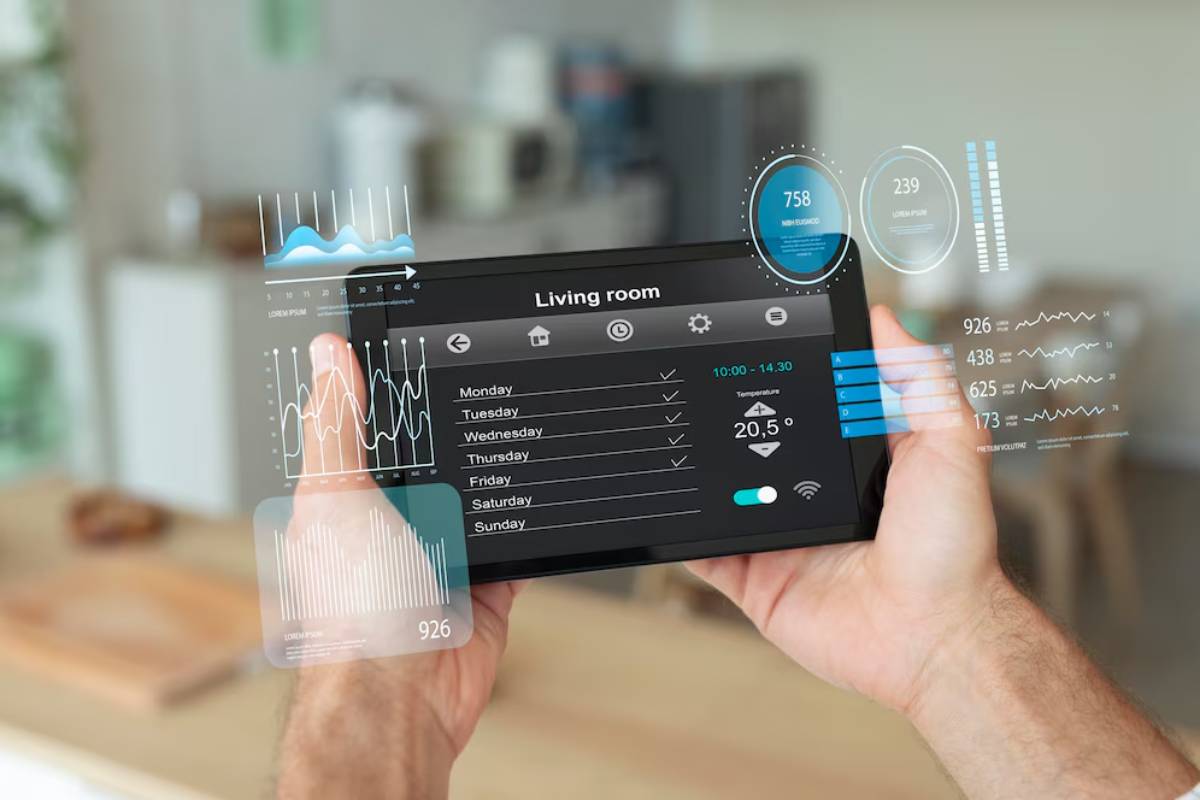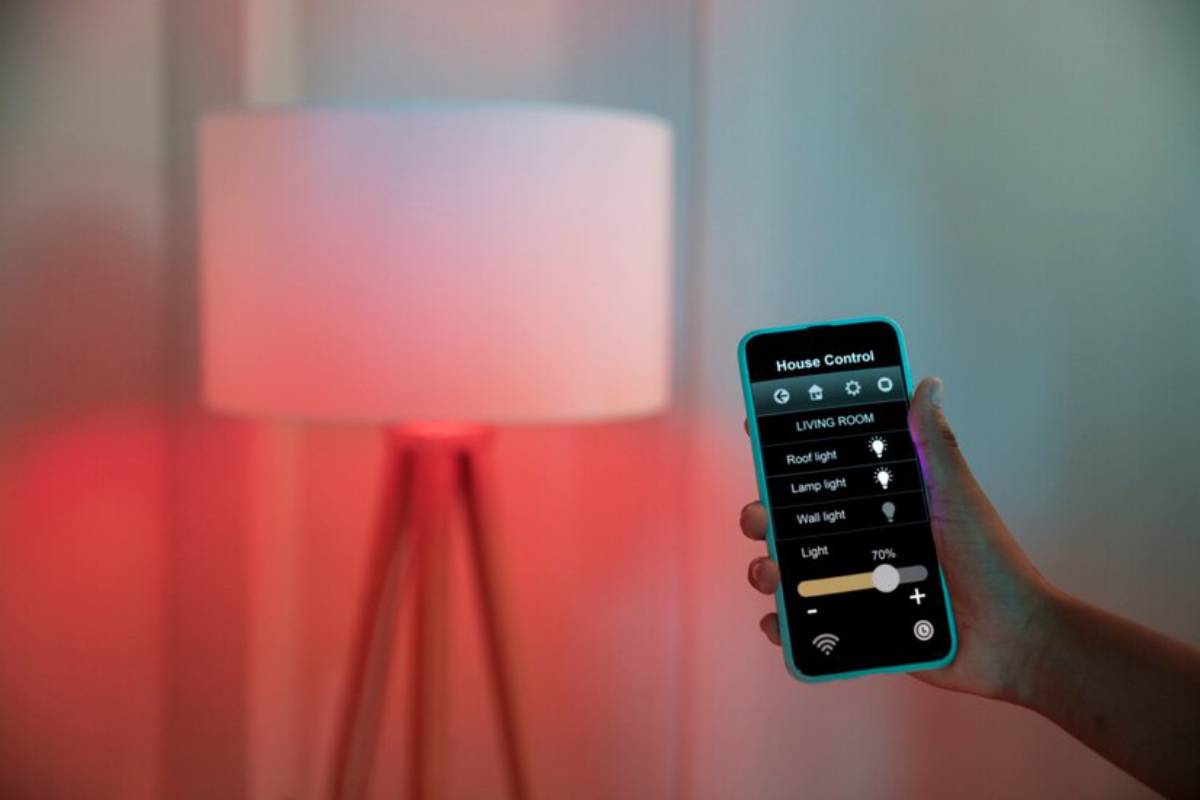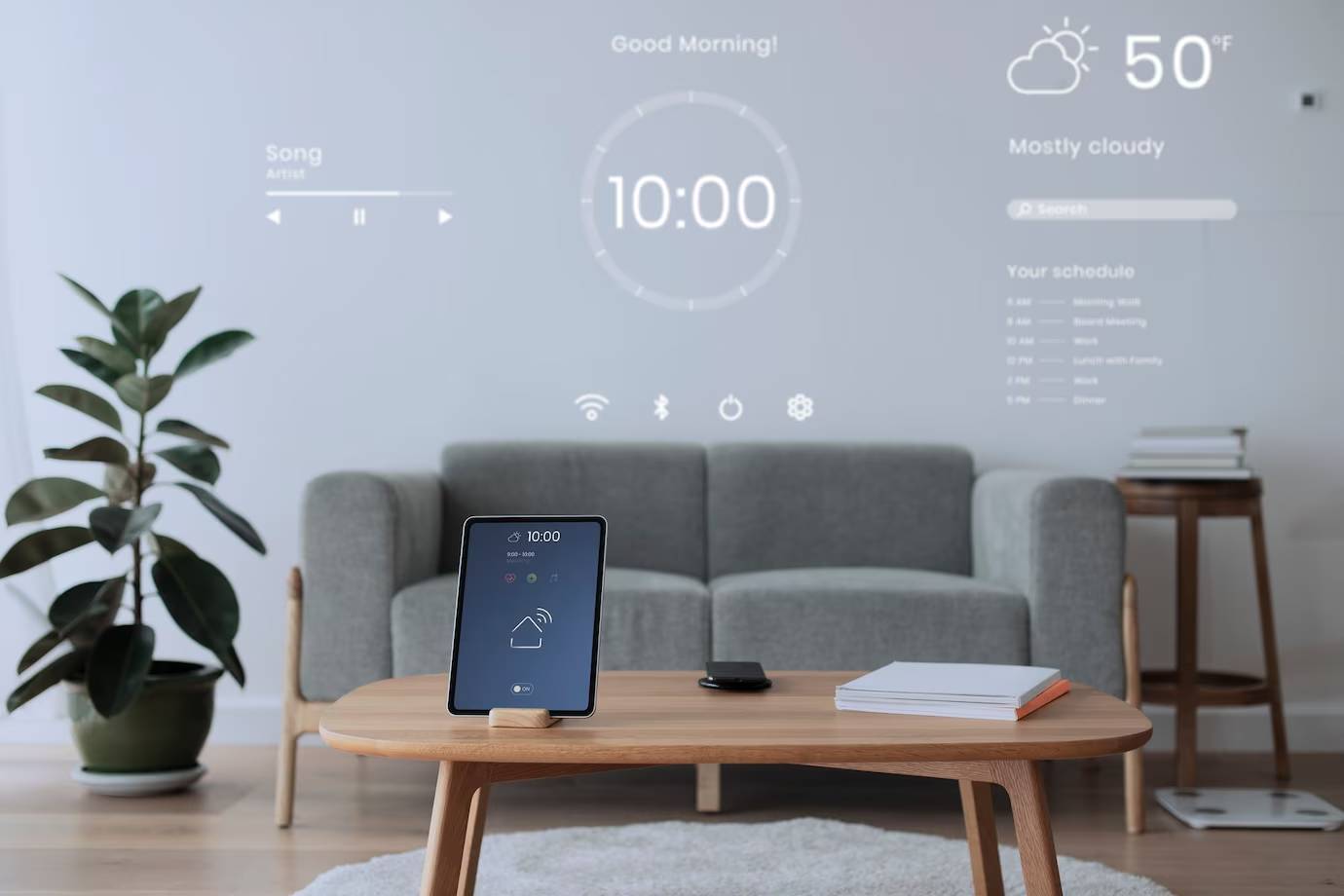
Smart Meters: Tracking Real-Time Energy Usage
As households seek smarter, more sustainable ways to manage their daily lives, the spotlight has turned to energy—specifically, how we consume it, monitor it, and reduce waste. Enter the smart energy meter: a device that’s quietly transforming the way we think about electricity.
Gone are the days of estimated bills and manual readings. With real-time insights, remote access, and seamless integration into smart home systems, energy tracking devices offer a clearer view of consumption patterns and cost implications. But is this technology truly beneficial—or just another gadget on the grid?
In this article, we explore how smart meters work, the benefits they offer for home electricity monitoring, and whether they’re a worthwhile investment for the modern homeowner.
What Is a Smart Energy Meter?
A smart energy meter is a digital device that records your household’s energy usage—electricity, gas, or both—in real time. Unlike traditional meters that must be read manually, smart meters automatically send data to your energy supplier and display up-to-date usage information via an in-home display or app.
Key Features:
- Real-time energy usage readings
- Automatic data transmission to suppliers
- Usage tracking by hour, day, or week
- In-home display showing current consumption and estimated costs
Many models also sync with energy tracking devices such as smart plugs, thermostats, or solar panels, creating a connected ecosystem of home electricity monitoring.

How Smart Meters Work
At the core of a smart meter is a two-way communication system:
- Data Collection: The meter measures energy usage in intervals (typically every 30 minutes).
- Data Transmission: This information is securely sent to your energy supplier via wireless networks.
- User Access: The data is also made available to the homeowner via a digital display or smartphone app.
- Supplier Adjustments: Your bill is generated based on actual usage, eliminating estimates and improving billing accuracy.
Some systems also allow suppliers to send pricing signals or usage alerts, helping you adjust habits in response to tariff changes or peak demand times.
Benefits of Smart Energy Meters
The shift to smart metering isn’t just about convenience. It brings with it a host of tangible benefits for households, energy suppliers, and the environment.
1. Accurate Billing
Traditional Issue: Estimated bills often lead to overpayments or unexpected costs.
Smart Solution:
- Bills based on real-time data
- No need to submit manual meter readings
- Immediate visibility into usage and cost
2. Energy Awareness and Behavioural Change
Seeing how much energy your kettle or heater uses in real time encourages behavioural shifts:
- Turning off lights and devices when not in use
- Running appliances during off-peak hours
- Identifying energy “vampires” (devices that drain power when idle)
Result: More informed decisions and lower bills.
3. Time-of-Use Tariff Optimisation
Some smart meters work with dynamic pricing models, where electricity costs vary throughout the day.
User Benefit:
- Schedule heavy appliance use (e.g., laundry, EV charging) for cheaper times
- Reduce consumption during high-demand periods

4. Environmental Impact
Smart meters = smarter consumption, which means:
- Reduced overall energy waste
- Lower carbon emissions
- Enhanced integration with renewable sources like solar panels and battery storage systems
5. Seamless Integration with Smart Home Systems
Modern energy tracking devices integrate with smart thermostats, smart plugs, and home automation hubs. This allows for:
- Automated temperature adjustments
- Power monitoring per device or room
- Custom routines based on energy usage patterns
Home electricity monitoring becomes not just reactive, but proactive.
Common Questions About Smart Meters
Do smart meters work with all energy suppliers?
Most suppliers in the UK and many internationally support smart meter compatibility. However, if you switch suppliers, your meter may revert to standard functionality depending on the model and network used.
Are there privacy or security concerns?
Smart meters encrypt your data and use secure networks. They do not store personal or payment information, and your data is shared only with your energy supplier (or third parties you authorise).
Will a smart meter help me save money?
Yes—but indirectly. While the meter itself doesn’t reduce usage, it empowers you with the information needed to make cost-effective decisions.
Limitations and Considerations
While the benefits are compelling, smart meters are not without their caveats.
1. Connectivity Issues
Smart meters rely on signal networks (in the UK, the DCC network). Some rural areas may experience poor connectivity, limiting the meter’s automatic functions.
2. Compatibility Challenges
Not all smart meters are created equal. The earlier “first-generation” models (SMETS1) may lose smart functionality when switching suppliers.
Solution: SMETS2 meters offer greater compatibility and remote update capabilities.
3. Upfront Costs (Outside of Government Programmes)
In some countries, smart meters are offered free through national programmes. In others, homeowners may need to pay for installation.
Pro Tip: Check with your provider to determine whether there are any costs or subsidies available.
4. Information Overload
For some users, constantly tracking energy data can become overwhelming. Without guidance on interpreting the numbers, the information may go unused.
Answer: Pair your meter with educational tools or apps that provide practical suggestions.
Best Energy Tracking Devices to Pair with Smart Meters
A smart meter is just the beginning. Enhance your home electricity monitoring with these popular add-ons:
● Smart Plugs
Track the energy usage of individual devices and turn them on/off remotely.
Use Case: Identify which appliances are draining the most power—even in standby mode.

● Smart Thermostats (e.g., Nest, Hive)
Regulate your home’s temperature with precision, using geolocation and learning algorithms.
Result: Comfort when you need it, savings when you don’t.
● Energy Monitoring Apps
Some utility companies offer companion apps that show usage trends, cost breakdowns, and savings tips.
Extra Features:
- Weekly or monthly reports
- Carbon footprint analysis
- Comparison with similar homes
● Home Battery Systems
If you generate renewable energy (e.g., solar panels), a smart meter can help you track production, storage, and grid usage.
Integration Bonus: Some systems allow you to sell excess energy back to the grid at optimal times.
Who Should Invest in a Smart Energy Meter?
Ideal For:
- Homeowners looking to reduce utility bills
- Tech-savvy individuals building a smart home
- Environmentally conscious consumers
- Renters (if permitted by landlord or scheme)
Less Ideal For:
- Remote homes with poor signal coverage
- Those who don’t engage with energy use actively
- Tenants whose landlords control energy decisions
Is It Worth It?
A smart energy meter isn’t just a utility upgrade—it’s a gateway to better energy habits, environmental stewardship, and tech-enhanced convenience. While it won’t automatically save you money, it empowers you to take control of your consumption, integrate with other connected home technologies, and make data-driven decisions for long-term savings.
Take action today: If you’re offered a smart meter by your provider, it’s usually a win. If not, consider whether adding one—and the energy tracking devices that go with it—could make you a smart home and simplify your sustainability goals.


